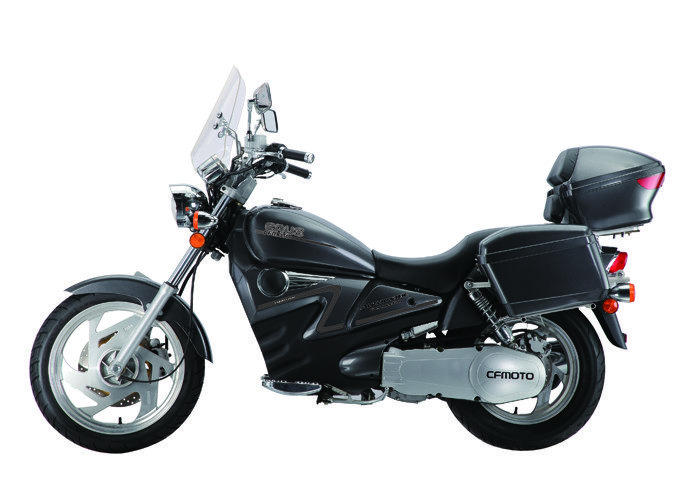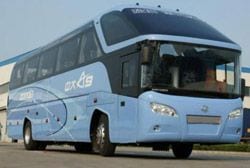
Description and principle of operation of the TCS traction control system
Traction control is a collection of mechanisms and electronic components of a car that are designed to prevent slipping of the driving wheels. TCS (Traction Control System) is the trade name for the traction control system that is installed on Honda vehicles. Similar systems are installed on cars of other brands, but they have different trade names: TRC traction control (Toyota), ASR traction control (Audi, Mercedes, Volkswagen), ETC system (Range Rover) and others.
Activated TCS prevents the vehicle's drive wheels from slipping when starting, accelerating, cornering, poor road conditions and fast lane changes. Let's consider the principle of operation of the TCS, its components and general structure, as well as the pros and cons of its operation.
How TCS works
The general principle of operation of the Traction Control System is quite simple: sensors included in the system register the position of the wheels, their angular speed and the degree of slippage. As soon as one of the wheels starts to slip, TCS instantly removes the loss of traction.
The traction control system deals with slippage in the following ways:
- Braking of skidding wheels. The braking system is activated at a low speed - up to 80 km / h.
- Reducing the torque of the car engine. Above 80 km / h, the engine management system is activated, which changes the amount of torque.
- Combining the first two methods.
Note that Traction Control System is installed on vehicles with antilock braking system (ABS - Antilock Brake System). Both systems use the readings of the same sensors in their work, both systems pursue the goal of providing the wheels with maximum grip on the ground. The main difference is that ABS limits wheel braking, while TCS, on the contrary, slows down a rapidly rotating wheel.
Device and main components
Traction Control System is based on anti-lock braking system elements. The anti-slip system uses an electronic differential lock as well as an engine torque management system. The main components required to implement the functions of the TCS traction control system:
- Brake fluid pump. This component creates pressure in the vehicle's braking system.
- Changeover solenoid valve and high pressure solenoid valve. Each drive wheel is equipped with such valves. These components control braking within a predetermined loop. Both valves are part of the ABS hydraulic unit.
- ABS / TCS control unit. Manages the traction control system using the built-in software.
- The engine control unit. Interacts with the ABS / TCS control unit. The traction control system connects it to work if the speed of the car is more than 80 km / h. The engine management system receives data from sensors and sends control signals to the actuators.
- Wheel speed sensors. Each wheel of the machine is equipped with this sensor. The sensors register the rotational speed, and then transmit signals to the ABS / TCS control unit.
Note that the driver can disable the traction control system. There is usually a TCS button on the dashboard that enables / disables the system. Deactivation of TCS is accompanied by illumination of the indicator "TCS Off" on the instrument panel. If there is no such button, then the traction control system can be disabled by pulling out the appropriate fuse. However, this is not recommended.
Advantages and disadvantages
The main advantages of the Traction Control System:
- confident start of the car from a place on any road surface;
- vehicle stability when cornering;
- traffic safety in various weather conditions (ice, wet canvas, snow);
- reduced tire wear.
Note that in some driving modes, the traction control system reduces engine performance, and also does not allow full control of the vehicle's behavior on the road.
Application
Traction control system TCS is installed on cars of the Japanese brand "Honda". Similar systems are installed on the cars of other automakers, and the difference in trade names is explained by the fact that each carmaker, independently of the others, developed an anti-slip system for its own needs.
The widespread use of this system has made it possible to significantly increase the level of vehicle safety when driving due to continuous control of grip with the road surface and improved handling when accelerating.

